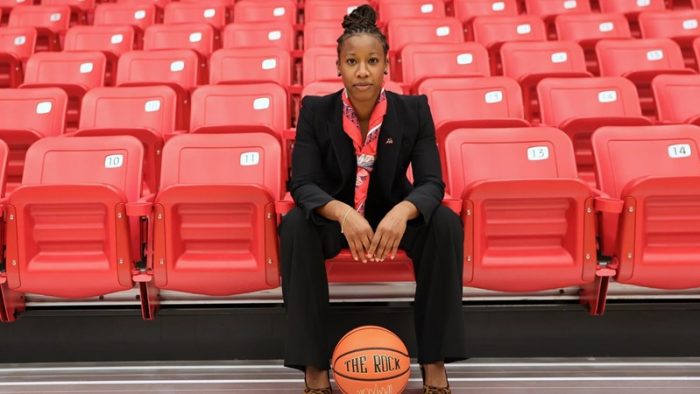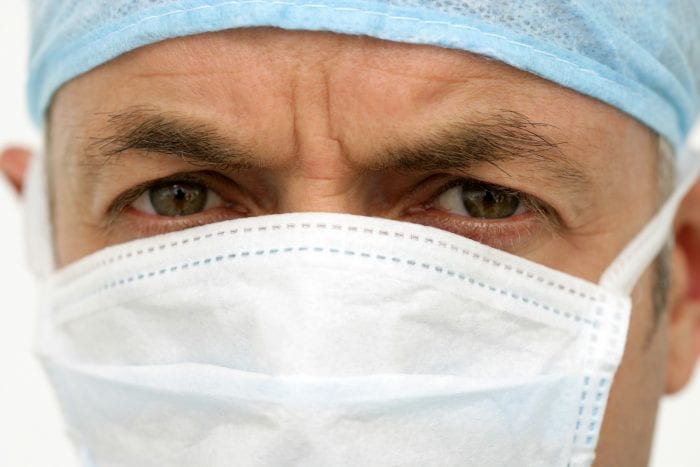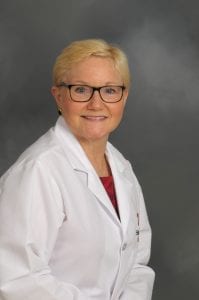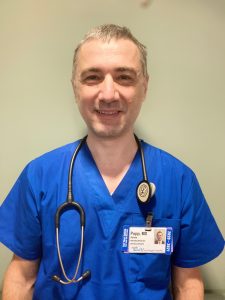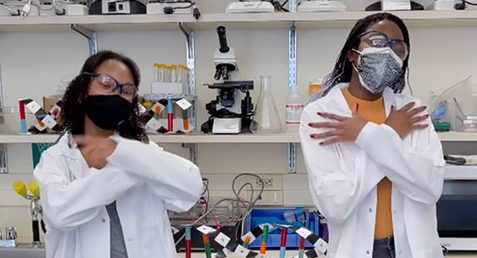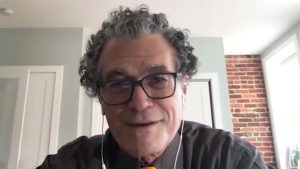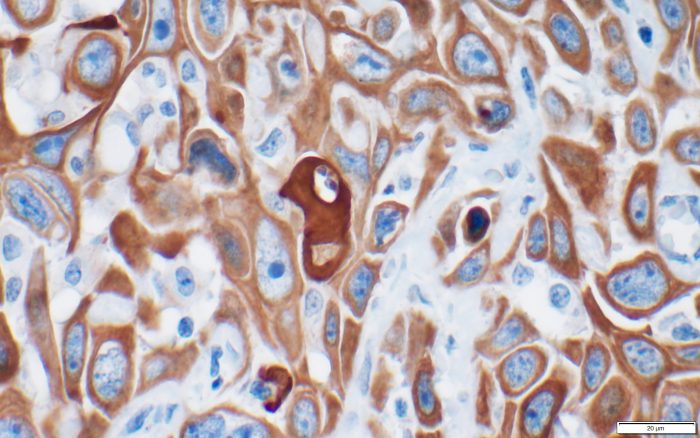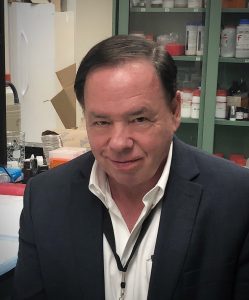By Daniel Dunaief

She hasn’t scored a point or dished out an assist in a college basketball game since 2009. That hasn’t stopped Ashley Langford, Stony Brook University’s first-year women’s basketball coach, from mixing it up with the players.
A point guard who graduated from Tulane University and who holds the school record for the most assists, scored over 1,000 points, and, despite being five feet, five inches tall, brought down 403 rebounds for 25th in school history, Langford plans to tap into her playing experience at Stony Brook.
“I’m a hands-on head coach,” said Langford, who most recently was associate head coach at James Madison University in Virginia. “I’m a demonstrator.”
Langford, who took over for Caroline McCombs this year when the former coach joined George Washington University, believes she can help a team that won back-to-back America East Championships by stepping onto the floor during practices and drills.
When she’s guarding them, she wants to “see them do a move,” she said. “At a certain point, they get too good” for her skills, which is when she pats herself on the back, especially after she sees her players exuding increased confidence.
Langford is pleased with the start of her time at Stony Brook, where she has felt welcomed and supported by Athletic Director Shawn Heilbron and President Maurie McInnis.
“This is a big reason why I chose to come here,” Langford said. “The administration is great and the president has been awesome.”
Langford appreciates how Heilbron knows the names of so many student-athletes, which is consistent with her approach to coaching.
Langford believes her players and the coach should have similar expectations.
“I need to be connected to my players, and I want them to be connected to me,” Langford said. “I want players to come into my office and talk. I want that relationship.”
Langford has been working within the limitations of National Collegiate Athletic Association rules during the summer. She hopes to use this time to build a rapport with her team and help them learn her terminology and the drills she runs.
“I want to give them a preview” about her and the program, Langford said.
In making the transition from playing to coaching, Langford said she has tried to improve and grow. She believes she and her team should constantly strive to improve.
Coaching is “less about basketball and more about how you connect with your players,” Langford said.
To be sure, that connection doesn’t mean she coddles the team. She strives to be honest without sugarcoating the message.
“When they’re doing well, I’m going to tell them,” she said. “When we need to be better, I’m going to tell them that, too.”
Langford explained that basketball has changed considerably since her playing days, as players have more resources available to them. She sang the praises of Elizabeth Zanolli, assistant athletic director for Sports Medicine, who supports the basketball and other teams.
Players also have nutritionists, dietitians, and strength and conditioning support, which improve the overall health and endurance of the athletes.
On the court, the men’s and women’s games have increasingly emphasized the value of the three-point shot, which means that most of the points in a game come from in the paint close to the basket or outside the three-point line, where long-range shooters can rack up points quickly.
Langford doesn’t see much of a difference between the men’s and women’s games.
“I want players to pass, dribble and shoot,” she said. “It’s that simple.”

